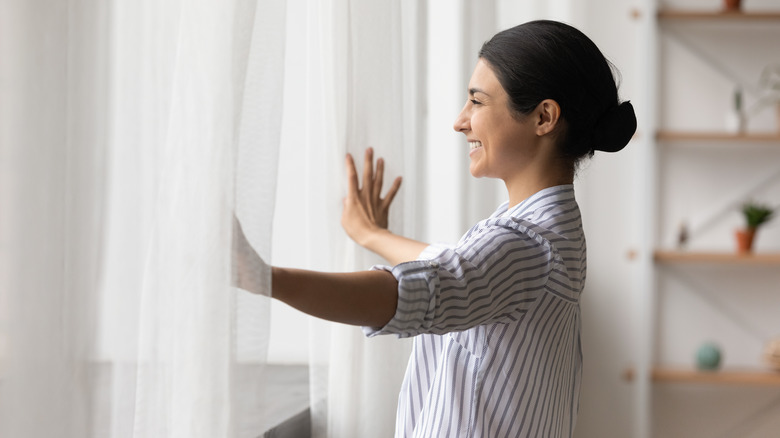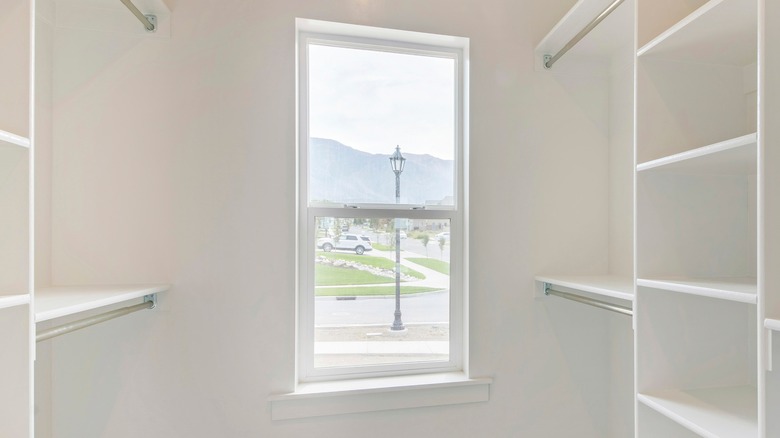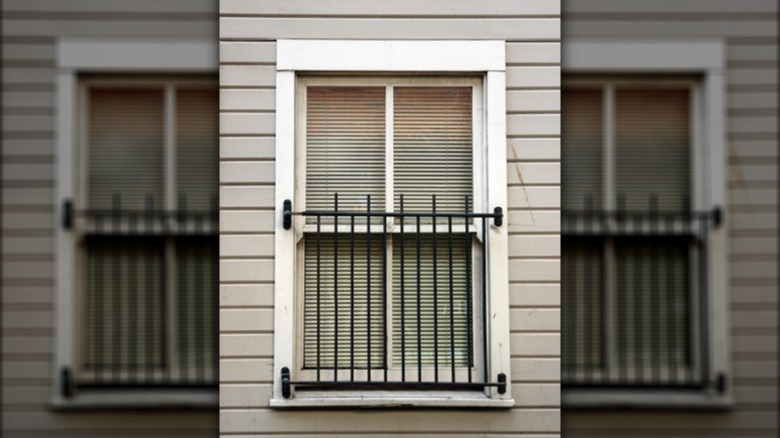Single- Vs. Double-Hung Windows: Which Is Right For Your Space?
The windows we choose for our homes can completely transform the design of a room but also add essential qualities, such as natural light, fresh air, and ventilation, as well as create a space that feels much more open and free. The most common types of windows found in residential construction are single- and double-hung windows due to their simple installation and mechanisms.
While single- and double-hung windows have many similarities, some distinctions can determine which one will fit different areas of the home better. Both of these window types open vertically; however, a single-hung window will only slide up from the bottom, while you have the ability to open both the top and bottom portions of a double-hung window. Typically a double-hung construction will be good for windows on the second or higher floors of the home, with single-hung being a better fit for first-floor rooms.
Along with their different functions, you'll find these window configurations differing in price, design aesthetic, accessibility, and size — all of which will directly influence whether you should choose one over the other.
Single-hung windows
Single-hung, or single-sash, windows have a bottom slash that can be slid open with the top portion fixed. Occasionally, a sing-hung window will feature the ability to tilt the bottom sash inside to make cleaning easier. Still, most often, you should expect to have to clean the window's exterior outdoors. Because of this, these designs are preferred on the first floor, where the outer side is accessible. Since the top portion is stationary, these windows are usually a good fit in higher locations, like above a kitchen sink or shower. Furthermore, they're generally smaller in size and fit well in tighter spaces.
While the material of your window will affect the cost, single-hung windows are more affordable than double-hung. For a single-sash, you can expect to pay $100 to $550 for one window before installation costs, which typically range from $75 to $100. Wood material will be on the more expensive side, and vinyl on the cheaper end of the spectrum — this being true for double-hung windows as well. This configuration also tends to be better for energy efficiency as it has fewer openings for air to escape.
Double-hung windows
Double-hung windows differ from single-hung in that both the upper and lower sashes can be opened for ventilation. Since heat rises, opening the top half to let heat escape and the bottom half for colder air to slip out is beneficial. Double-hung designs will also typically come in custom and larger sizes than single, allowing ample bright and natural light to filter throughout the home. These bigger, duel-opening windows can be titled in on both halves, making it easy to clean the exterior of the windows from indoors. For this, many people prefer to feature double-hung windows on the upper floors of their houses.
With these windows allowing for more ventilation, they work better in bustling rooms like family and entertainment areas or in bathrooms where extra ventilation for moisture and humidity is needed. Naturally, double-hung is more expensive, costing an average of $275 to $650 per window and an additional $125 to $300 for installation. If you are looking for windows for your home's first floor and a more affordable approach, then single-sash will meet your needs perfectly. But, it would be best to spend extra money on double-hung windows for increased ventilation at higher stories, if possible.


